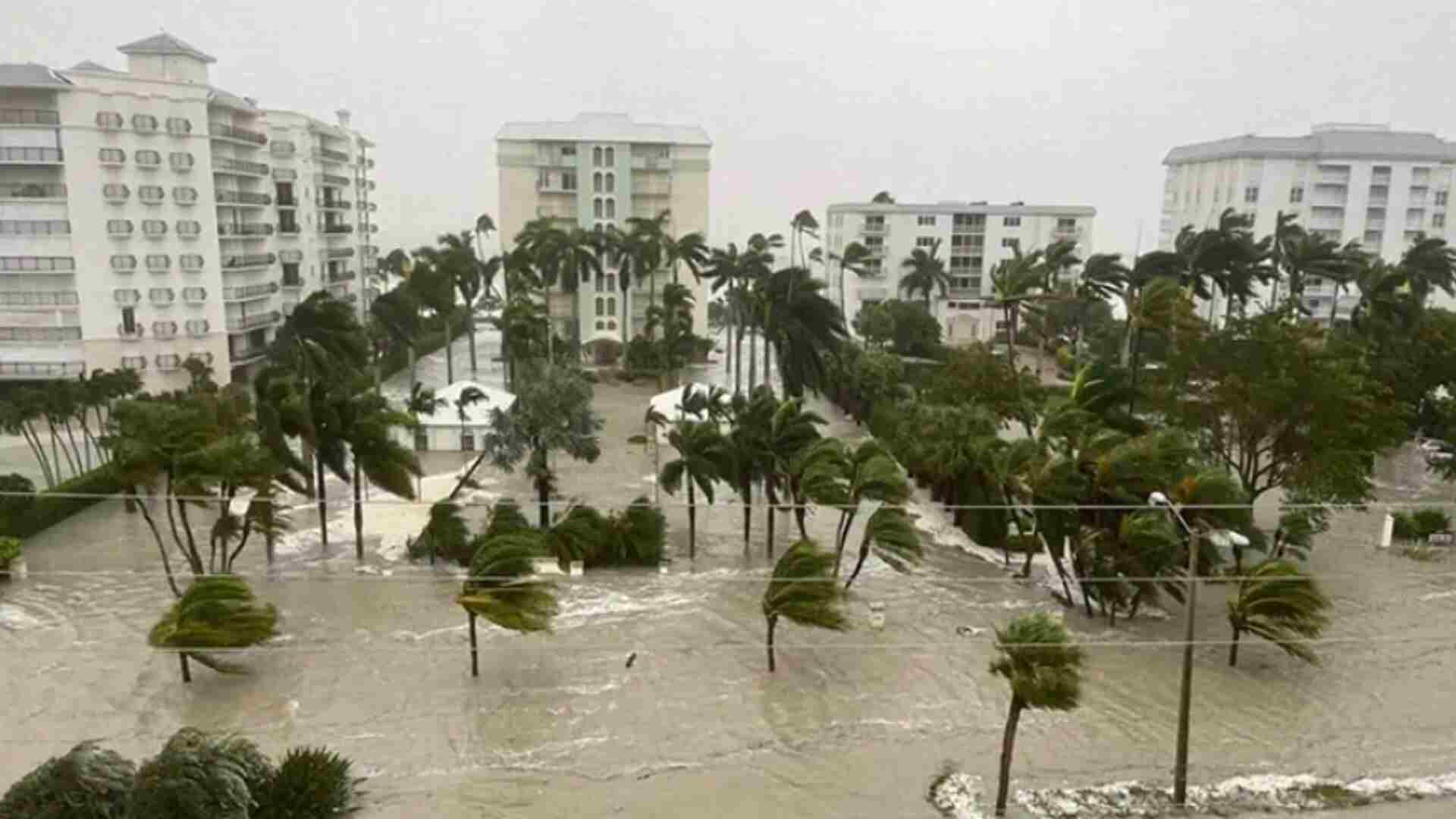Rising Concerns at the National Hurricane Center
Hurricane experts at the National Hurricane Center (NHC) are closely monitoring several tropical disturbances over the Atlantic Ocean. After weeks of inactivity, a low brewing disturbance is expected to interact with a tropical wave for several days, increasing the likelihood of development. This comes after a long pause in the hurricane season, with the last recorded storm, Hurricane Beryl, impacting Texas.
Potential Development and Track
According to the NHC, the disturbance is currently located east of the Lesser Antilles. The system is projected to shift either towards Florida or the Southeast Coast. The NHC’s latest outlook suggested, “Environmental conditions are forecast to become conducive for some development in a day or two, and a tropical depression could form around midweek while the system is near or over the northern Leeward Islands, Greater Antilles, or the southwestern Atlantic Ocean.” If it develops into a storm, it will be the fourth named hurricane of the 2024 Atlantic Hurricane season, to be named Debby.
Expert Analysis and Environmental Factors
Fox News meteorologist Michael Estime noted that the diminishing Saharan dust is likely to increase hurricane activity. “Now that things are beginning to simmer back down in terms of the Saharan dust, that’s going to ante up the season,” Estime said. “So we’re not going to have all that dust in the atmosphere to kind of block and shelter some of the sun.” Additionally, water temperatures in the Atlantic are rising, currently in the mid to upper 80s, which could further fuel the disturbance.
Challenges in Predicting the Storm’s Path
Determining the exact path of the disturbance after it reaches the Lesser Antilles remains challenging. High pressure areas over the southern plains and near Bermuda in the Atlantic could influence the storm’s trajectory, potentially directing it towards the Eastern seaboard, Florida, or the Gulf of Mexico. The interaction with the mountains in the Caribbean will also significantly impact the system’s organization.
As the situation develops, experts and residents in the potential impact areas are advised to stay informed and prepared for possible storm activity.







